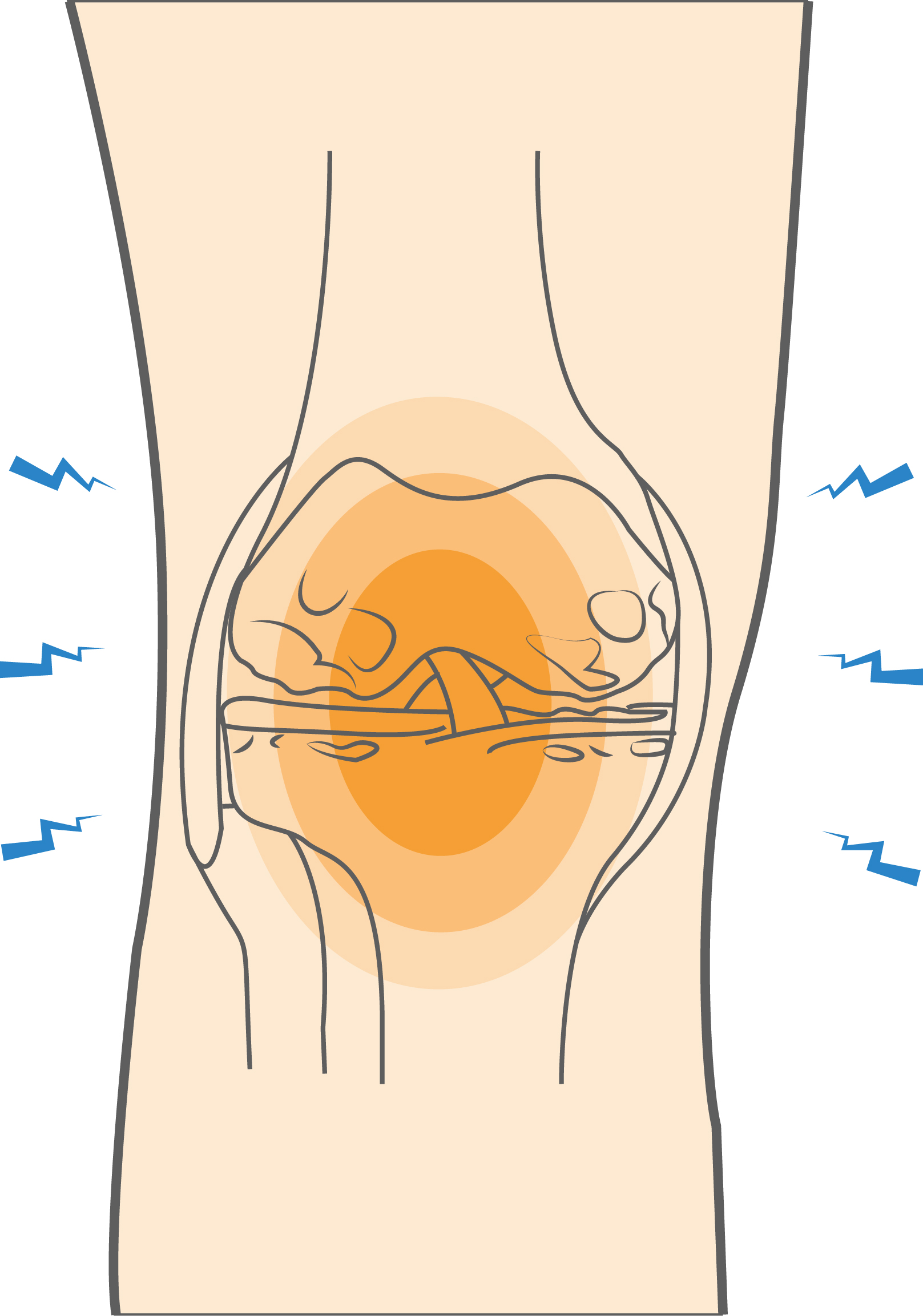The knee joint consists of bones, ligaments that connect the bones, and two types of cartilage. The meniscus consists of two wedge-shaped pieces of cartilage that sit between the two major bones of the knee joint: the femur (thigh bone) and the tibia (shinbone). The meniscus serves as a shock absorber and provides stability to the knee. The medial meniscus is located on the medial or inner part of the knee, and the lateral meniscus is located on the lateral or outer side of the knee. Torn meniscus injuries can be acute (due to an injury) or degenerative (due to wear and tear). Three bones meet at the knee joint. Covering the ends of these bones is a different type of cartilage, a strong, smooth, rubbery substance that allows the bones to glide over one another when you bend or straighten your knee.
The most common type of arthritis in the knee, osteoarthritis, is caused by a gradual breakdown of cartilage. As the cartilage erodes, the bones ultimately rub against each other, causing pain, swelling, and stiffness. In older patients, meniscus tears and knee arthritis can occur at the same time. The treatment of a meniscus tear in an arthritic knee may be challenging due to the presence of a degenerative knee joint.


